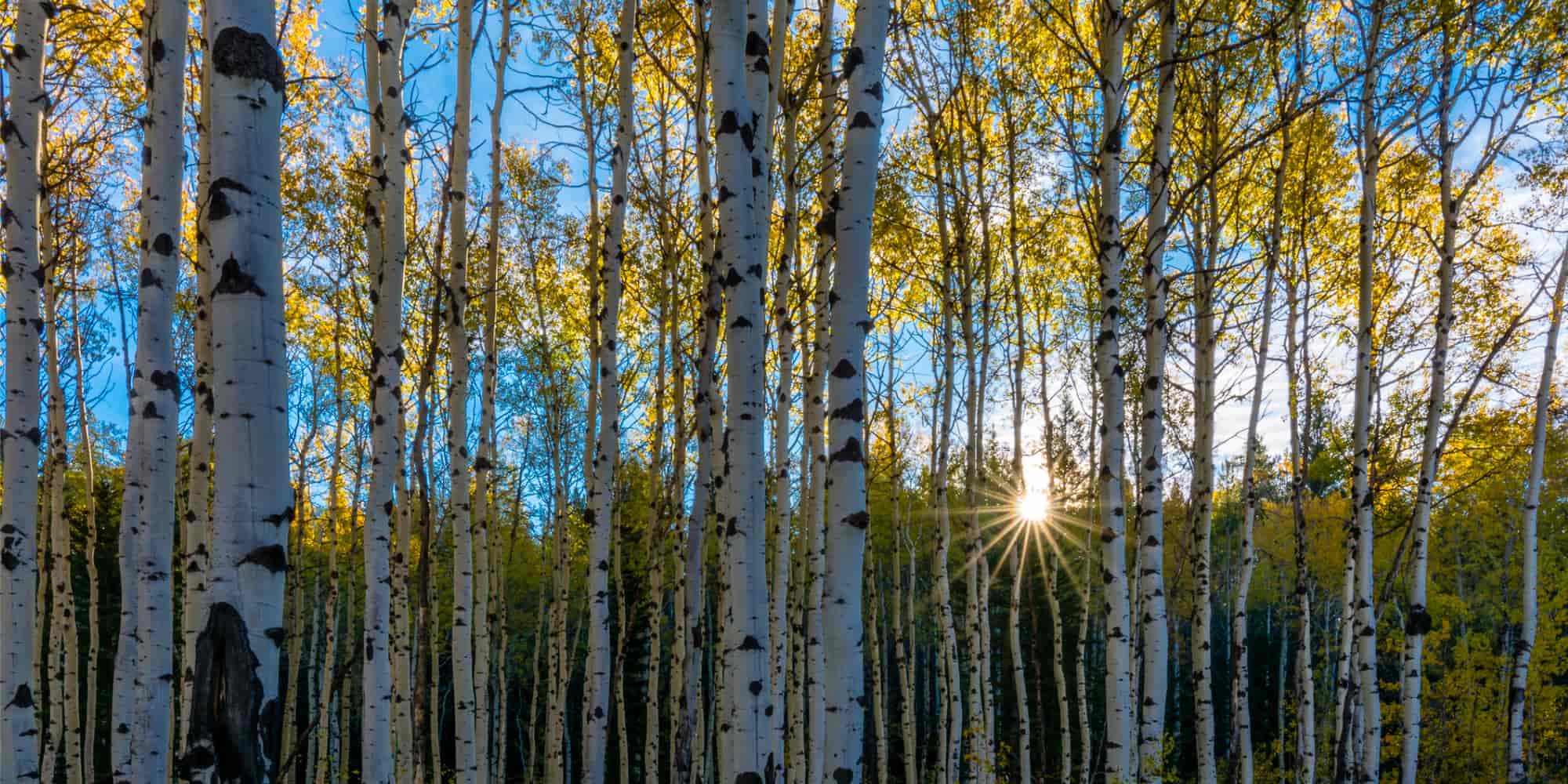“The No. 1 most important thing is to have moisture in the ground over the winter, so you should water trees well right before freeze up”
The long, hot days of summer are over, and it’s time to pack away the garden gloves, sprinkler and lawn ornaments. But before you do, it is important to ensure your garden is ready for the drying winds and blowing snow the winter brings the Chinook region.
While flowering perennials, roses and shrubs are garden showstoppers, trees are the longest living, most expensive and create the backbone of the garden and arguably deserve the biggest investment of time in the fall.
According to Crystal Bazar, an urban forestry technician with the City of Airdrie, proper care and maintenance of trees, especially in the first three years after they are planted, is critical.
“The No. 1 most important thing is to have moisture in the ground over the winter, so you should water trees well right before freeze up,” says Adamo.
To ensure roots are well protected over the winter, Bazar advises gardeners to allow their hose to run on a slow trickle for about three hours all around the drip line of the tree (to the point where the branches extend) to allow the water to soak deep into the ground.
“It’s the last thing you do before shutting off your water outdoors,” she says, adding once trees mature they need less water.
Trees also benefit from eliminating competition with the grass.
Bazar recommends removing grass in the dripline area, creating a well around the base of tree and adding two to three inches of mulch in the area to hold in moisture. Mulch can stay in year round and should be topped up every three years.
She cautions gardeners, however, to avoid putting mulch directly against the tree, as the moisture may eventually kill the tree.
Fertilizer may also benefit young trees. Bazar says application of a balancing fertilizer, like a 10-10-10 or 20-20-20, is appropriate every few years.
Trees are best pruned for structure once they lose their leaves in the fall and go dormant. Gardeners should also check the health of the bark, inspecting for insect and other damage.
According to Bazar, fruit-bearing trees, however, should be pruned in the middle of summer to avoid removing fruit buds, adding gardeners should be aware of the provincial ban on pruning elm trees during their active growth season.
Bazar, who helps care for the approximately 15,000 trees growing on City property, notes trees can have a lifespan of between 200 to 300 years and are worth being cautious around.
She notes damage from mowing or trimming, for example, stays with trees for a lifetime and may even lead to their demise as can underwatering, especially in the first three years.
“When you are planting a tree you are planting it for the next generation,” says Bazar. “A well-maintained tree gives value to your property and appreciates over time. It is worth it to do the maintenance.”
To learn more about caring for trees, visit treesaregood.org.





